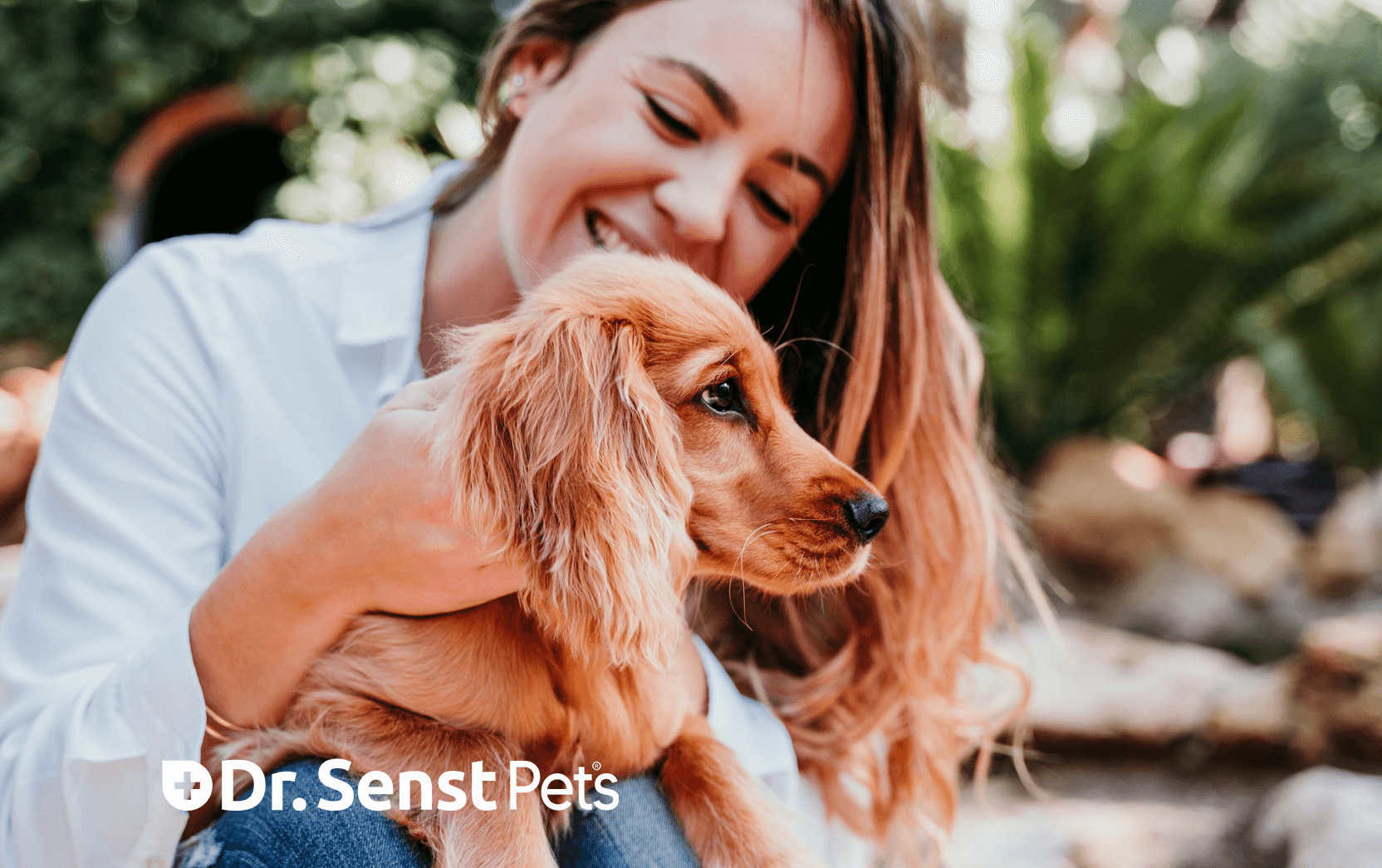
- by Dr.Thilo Senst
Autumn Safety Tips for Your Dog's Well-Being: A Seasonal Guide to Dog Health
- by Dr.Thilo Senst
Autumn Safety Tips for Your Dog's Well-Being
Autumn is a season of transformation – the air turns crisp, leaves fall, and our routines start to shift. While this time of year is picturesque, it also brings unique challenges for your dog’s health and well-being. As a responsible pet owner, it's essential to be aware of these challenges and take steps to ensure your dog’s safety and comfort throughout the season.
This article will provide you with practical autumn safety tips for maintaining your dog’s health, from navigating cooler weather to ensuring they stay active and free of seasonal hazards.
Autumn is often associated with colder temperatures, shorter days, and more time spent indoors, which can affect your dog’s overall well-being. Seasonal changes also bring an increase in environmental hazards, such as toxic plants, damp conditions, and more exposure to fleas. It's crucial to be proactive about protecting your dog’s health as the weather shifts.
A study by PDSA found that over 25% of UK dog owners noticed a change in their pet’s activity levels during the autumn and winter months, highlighting the importance of adapting your dog’s routine to match the season.
As the weather cools, it’s important to make sure your dog stays warm, especially during walks or playtime outdoors. Smaller breeds or dogs with thinner coats, such as greyhounds and whippets, are particularly vulnerable to the cold.
The damp and colder ground in autumn can be rough on your dog’s paws. Mud, fallen leaves, and even ice (later in the season) can lead to dryness and irritation. The wet ground can also cause fungal or bacterial infections in paw pads.
Autumn is a peak season for mould and other environmental allergens, which can affect your dog’s respiratory system or cause skin irritations.
Even though the temperatures are dropping, fleas and ticks remain active in the autumn. These pests can still thrive in damp, leafy areas and attach themselves to your dog during walks.
As your dog’s activity levels may decrease in the cooler months, it’s important to monitor their diet to prevent weight gain. Conversely, some dogs may require more food to fuel their body’s increased effort to stay warm.
During autumn, dogs may be exposed to harmful plants, such as mushrooms and certain fungi that thrive in damp environments. Additionally, seasonal celebrations like Halloween and Bonfire Night can bring about hazardous foods like chocolate or sugary treats that are dangerous for dogs.
With shorter days and cooler temperatures, it’s easy for dogs to become less active during autumn. However, maintaining regular exercise is crucial for their physical and mental well-being.
By adjusting your dog’s routine for autumn, you can ensure they remain healthy and happy throughout the season. Here are some key benefits:
| Autumn Hazard | How It Affects Dogs | Prevention Tips |
|---|---|---|
| Fleas and ticks | Cause itching, discomfort, and illness | Use flea and tick prevention treatments year-round |
| Cold temperatures | Can lead to hypothermia in smaller dogs | Dress your dog in appropriate winter clothing |
| Seasonal allergens | Trigger skin or respiratory allergies | Regularly clean your dog’s environment |
| Toxic plants and foods | Lead to poisoning and digestive issues | Monitor your dog closely during walks, avoid human treats |
Q: How often should I bathe my dog in autumn?
A: It depends on your dog’s activity level and skin condition. If your dog frequently gets muddy, consider more regular baths. However, over-bathing can dry out their skin, so use moisturising shampoos or conditioning treatments.
Q: Can dogs catch a cold during autumn?
A: Yes, dogs can get respiratory infections that mimic human colds. If your dog shows signs of coughing, sneezing, or a runny nose, consult your vet for advice.
Q: How do I know if my dog is too cold?
A: Watch for signs such as shivering, lethargy, or lifting their paws off the ground to avoid contact with cold surfaces. If your dog seems uncomfortable, it’s time to head indoors.
Autumn is a beautiful time to enjoy the outdoors with your dog, but it also comes with challenges that require extra attention. From adjusting your dog’s diet and exercise routine to staying vigilant about fleas, ticks, and allergens, these proactive steps will ensure your dog’s health and happiness throughout the season.
![]()
Enter your details & download our comprehensive 50+ page printable Dr. Senst Pet Care Planner completley FREE! - keep track of all your pet’s needs, from medical history and training to vet visits, grooming, diet, and more!










Share:
Best Hypoallergenic Cat Foods for Sensitive Skin: Top Picks for Relief
Best Calming Diffusers for Dogs: How to Help Your Calm Dog Relax